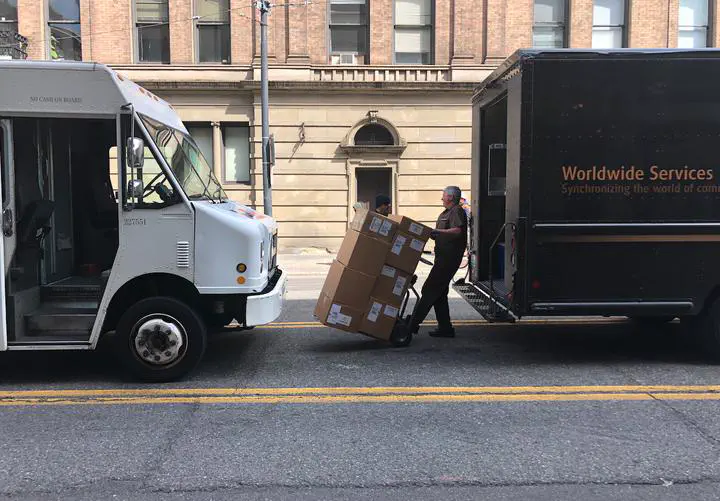Walking the last-mile

Last-mile deliveries are often associated with the image of a delivery van driving through an urban neighborhood. This is, however, incorrect, as delivery drivers spend most of their time outside the vehicle, walking the last-50-feet of a delivery route. In our recent paper analyzing data from six ridealongs, urban delivery drivers spent, on average, 80 percent of their time outside their vehicles.
Therefore, understanding delivery drivers’ walking behaviors is paramount for carriers to incorporate walking in the planning and scheduling of delivery routes and for urban planners to integrate walking into urban logistics policy and infrastructure planning. This project uses GPS data from 1,800 real deliveries performed in Seattle, WA, to study delivery drivers walking behaviors. Data on both vehicle routes and drivers’ walking sub-routes were obtained and analyzed. Dwell time regression analyses and simulations were performed to understand the impact of walking on last-mile routes.
The results highlighted the importance of walking across different types of deliveries. Both carriers either walked longer distances to find better parking or to serve multiple delivery customers from a single stop. The parcel carrier also showed large economies of scale in performing multiple deliveries per stop. An increase in willingness to walk showed a general reduction in the number of stops per route and total vehicle miles traveled.